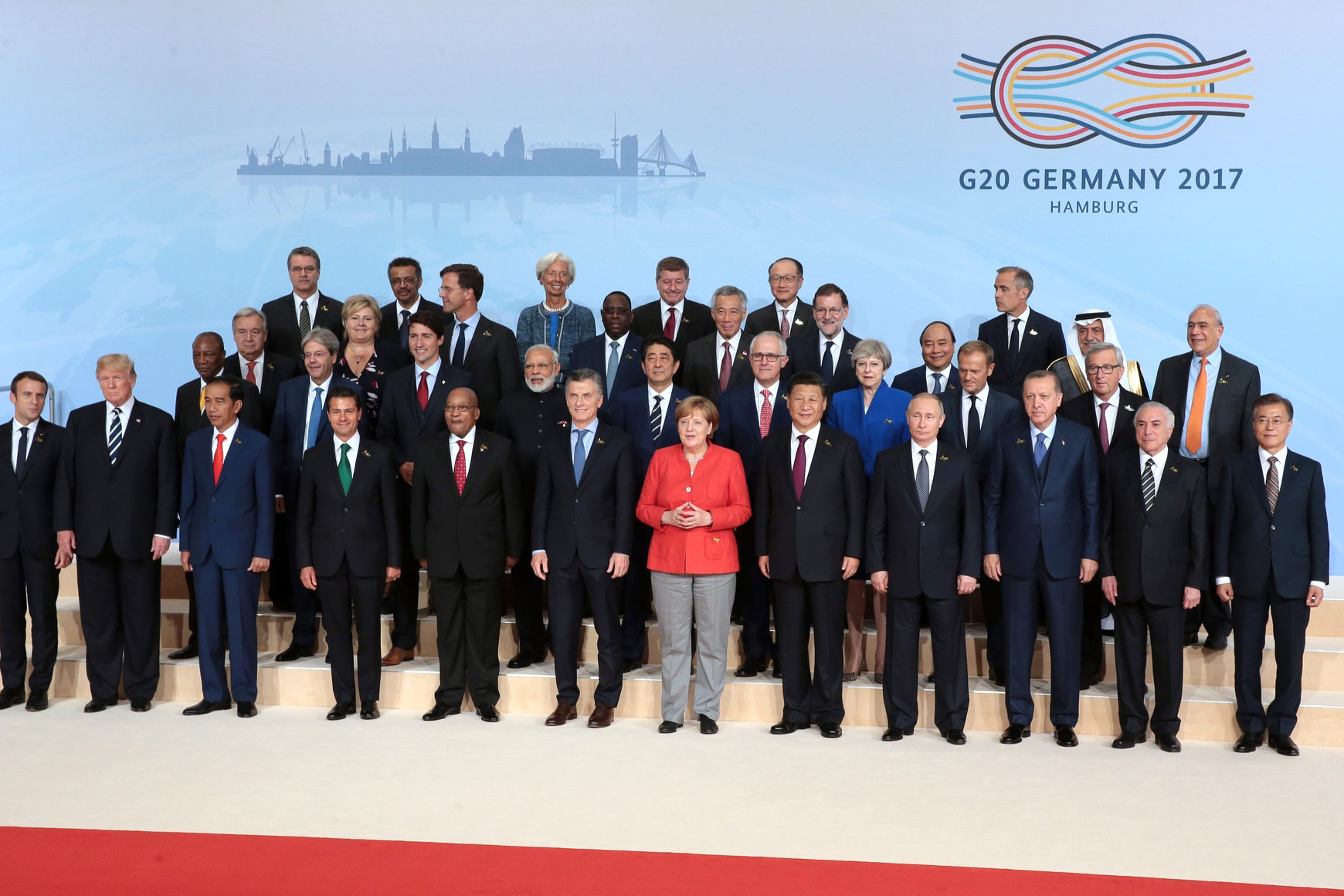Voter fraud and the push to pass and implement voter identification laws before the upcoming presidential election has received little attention over the past few months, yet its outcome has the potential to dramatically change the face of U.S. politics.
Voter fraud
Voter fraud and the push to pass and implement voter identification laws before the upcoming presidential election has received little attention over the past few months, yet its outcome has the potential to dramatically change the face of U.S. politics.
It’s not a necessarily malicious beast but, rather, can be benign and clothed with the best of intentions.
However benign, the question remains: Is voter fraud really such a big problem? The facts tell us no, it’s not.
Voter ID measures were first codified into law with the Help America Vote Act in October 2002. It was written largely in response to the controversy surrounding the 2000 presidential election, which was mired in allegations of widespread voter fraud. This law established the requirement that all first-time voters present a valid photo ID when registering to vote.
In 2006, Indiana became the first state to pass strict photo ID voter laws. And after a two-year battle, the U.S. Supreme Court upheld the law based on the timeline of the law’s passing. It originally passed three years before the 2008 presidential election, allowing ample time for voters to get the necessary identification.
Now, over 30 states have either put such laws into place or passed similar laws tightening identification requirements.
The New York Times conducted an analysis of voter fraud cases from 2002–5 and found there were only 86 convictions out of the 120 cases filed by the U.S.
Justice Department. Most of these cases stemmed from incorrectly filled out registration forms or from a misunderstanding of voting qualifications.
The perceived threat that there was a widespread conspiracy of voter impersonation or vote buying led to the idea that implementing strict voter ID laws was a necessary measure.
However, only 10 out of the alleged 2,068 election fraud cases filed with U.S. courts since 2000 were for voter impersonation. That’s roughly one for every 15 million voters. This hardly constitutes a problem.
Since the facts show that widespread voter fraud and voter impersonation isn’t actually a problem, why are so many states passing stricter identification laws?
One answer lies in the voters that these laws exclude.
The Brennan Center for Justice estimated that approximately 11 percent of eligible voters don’t have the required identification. However, these voters also self-identified that they were unlikely to vote in the upcoming election. So saying that these eligible voters are going to be turned away from voting is counterproductive.
And just how many voters would be turned away? A study by research firm Reuters/Ipsos found that 1 percent of voters who identified that they intended to vote lacked the proper ID. Using numbers from the 2010 census, this means that approximately 2 million out of the 207 million eligible voters would be unable to vote because they lacked ID.
This may not seem like a very big margin, but it could make all the difference in certain electoral districts. Which could explain why both sides of the aisle are pushing for tighter rules.
Some might say that this is just a political maneuver to try and influence the upcoming election in favor of the right. Others might say that such laws are meant to ensure the integrity of the election system and ensure that the voice of the people is heard.
Both are somewhat correct.
To say that some legislators aren’t attempting to sway the election in their favor would be naive, but it would be even more cynical to say that there aren’t legislators truly trying to protect the election from fraud.
Either way, we as a community should do everything in our power to ensure that the integrity of the election is upheld and that any eligible voter who wants to vote isn’t turned away.








Good article. I like how it explains the issue and then tells me what I can do to make a difference.